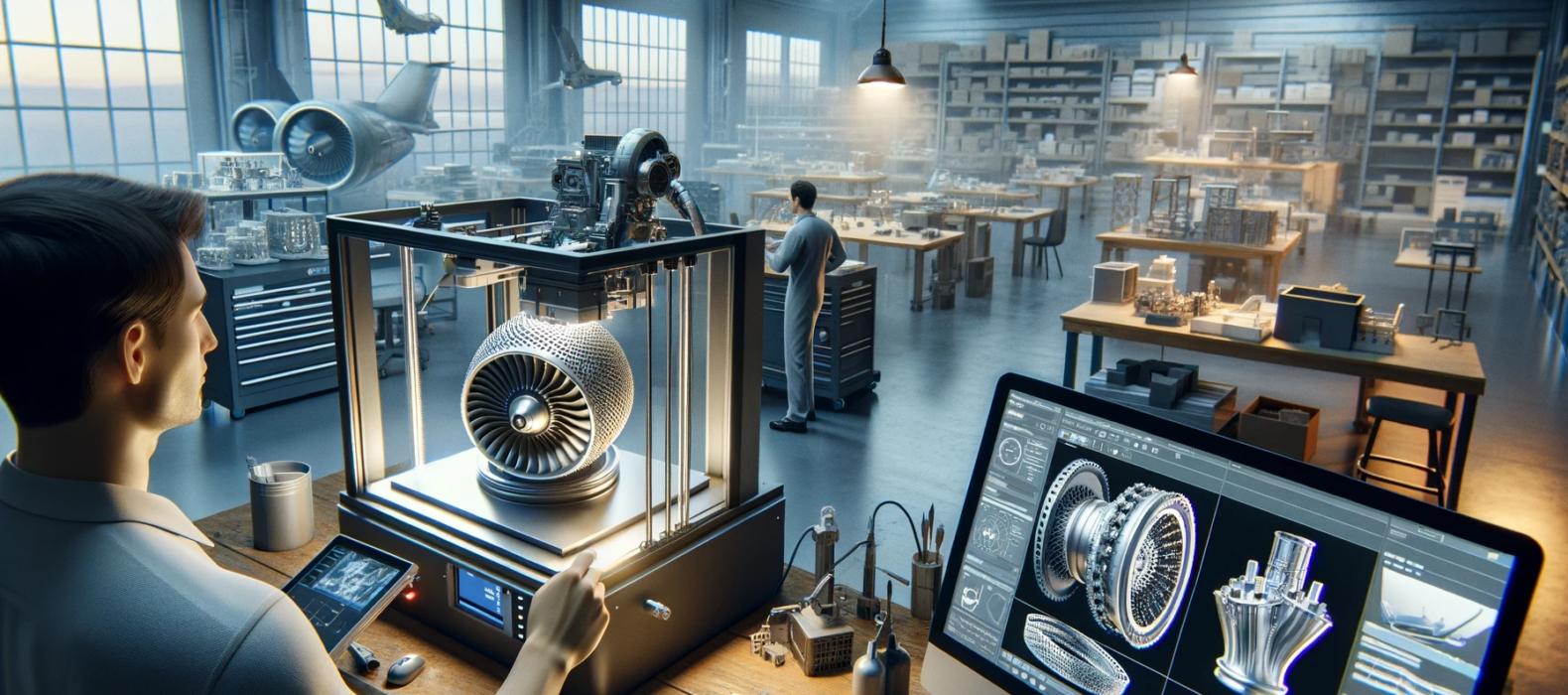
In the world of aerospace engineering, innovation isn’t just a buzzword – it’s a relentless pursuit. At STS Additive Manufacturing, we’ve witnessed a paradigm shift, one that’s redefining the boundaries of possibility… the rise of additive manufacturing, commonly known as 3D printing.
Once a fledgling technology, additive manufacturing has grown wings. It’s transforming how we think about design, production and materials. In aerospace, where every ounce and every curve matters, this technology is proving invaluable. It’s not just about making things. It’s about making them smarter, lighter and more efficient.
The freedom of design is perhaps the most significant advantage of additive manufacturing. Traditional constraints of manufacturing are no longer barriers. Engineers now have the liberty to create intricate, complex geometries, once thought impractical or impossible. This freedom is more than artistic expression. It’s about crafting aerospace components that push the limits of performance without compromising safety.
In an industry where cost-effectiveness is as crucial as innovation, additive manufacturing is a game-changer. Unlike traditional subtractive methods, 3D printing builds components layer by layer, reducing material waste and energy use. This efficiency isn’t just good for the balance sheets, it’s also good for the planet.
Additive manufacturing has transformed the prototyping process, allowing for rapid iteration and testing. This ability to quickly develop and refine designs is not just a time-saver, it’s a leap forward in meeting stringent aerospace performance and safety standards.
The impact of additive manufacturing on supply chain efficiency is profound. The shift towards on-demand production and localized manufacturing reduces warehousing needs and shortens lead times, enabling a more agile response to market demands.
Customization is where additive manufacturing truly shines. Tailoring components for different aircraft models or specific customer needs is now a reality, further establishing 3D printing as a cornerstone in aerospace manufacturing.
The production of critical engine parts like fuel nozzles and turbine blades has been revolutionized by additive manufacturing. The technology’s ability to create intricate internal cooling channels enhances engine performance and efficiency.
With 3D-printed engine parts often being lighter than traditionally manufactured ones, we’re witnessing reduced fuel consumption and emissions, aligning with the global push for sustainable aviation.
Additive manufacturing is not limited to engines. It extends to producing structural parts, tooling and prototypes, optimizing strength-to-weight ratios in components like aircraft brackets and interior fittings.
The technology has also improved tooling processes, vital for manufacturing and repair. The ability to rapidly produce tooling through 3D printing is not just efficient, it’s a leap towards greater flexibility and innovation.
At STS Additive Manufacturing, we stand at the forefront of an evolving era. Each layer we add in our 3D printing endeavors isn’t just material, it’s a piece of a larger puzzle in a world constantly reimagined through innovation. What we’re building transcends the realm of aerospace. It challenges our perception of what can be achieved. As we continue to push the boundaries, we’re not just shaping the future of aviation, we’re inviting humanity to dream bigger, reach further and envision a future where the sky is not the limit but just the beginning.